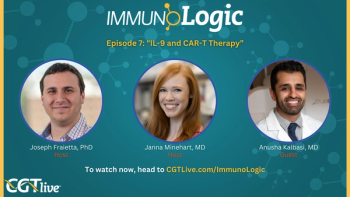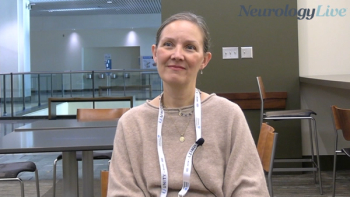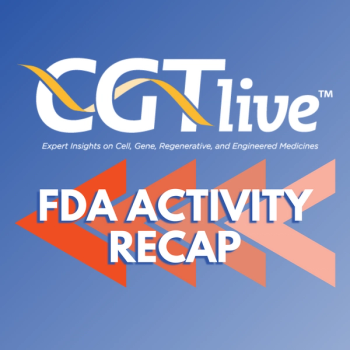
Michael Kelly, PhD, on Continuing Progress With Gene Therapy in Muscular Dystrophy
The chief scientific officer of CureDuchenne discussed progress in the field so far and upcoming milestones.
“Some of the concerns that we have today are with these very high dose serious adverse events, that's one of the challenges with Duchenne. When you think that the body is comprised of 40 to 60% muscle – the amount of AAV that we need to put in the body in order to target all the different muscle groups is extremely high. And so, approaches like Solid’s, where we're using a new AAV are insular, where we're changing the actual route of administration, hold significant promise. And it's these data that are going to guide some of our thinking next year beyond where we are today.”
September is Duchenne Action and Muscular Dystrophy Awareness Month, and CGTLive is speaking with clinicians and advocacy groups in the space to learn more about the progress in the field to date and unmet needs that remain. While 2023 has seen lots of progress in the treatment landscape of the field, including the summer approval of delandistrogene moxeparvovec (marketed as Elevidys by Sarepta), the field’s first gene therapy, more work always remains to be done.
CGTLive spoke with Michael Kelly, PhD, chief scientific officer, CureDuchenne,about the progress to date in the changing treatment landscape of Duchenne muscular dystrophy (DMD) and other dystrophies. He discussed the first-of-its-kind FDA approval of Elevidys and other milestones he is looking forward to in the field coming up in the next year, including data readouts from a couple different trials evaluating investigational gene therapies from Pfizer, Solid Biosciences, and other companies.
REFERENCE
Sarepta Therapeutics announces FDA approval of ELEVIDYS, the first gene therapy to treat Duchenne muscular dystrophy. News release. Sarepta Therapeutics. June 22, 2023. https://investorrelations.sarepta.com/news-releases/news-release-details/sarepta-therapeutics-announces-fda-approval-elevidys-first-gene
Newsletter
Stay at the forefront of cutting-edge science with CGT—your direct line to expert insights, breakthrough data, and real-time coverage of the latest advancements in cell and gene therapy.











































